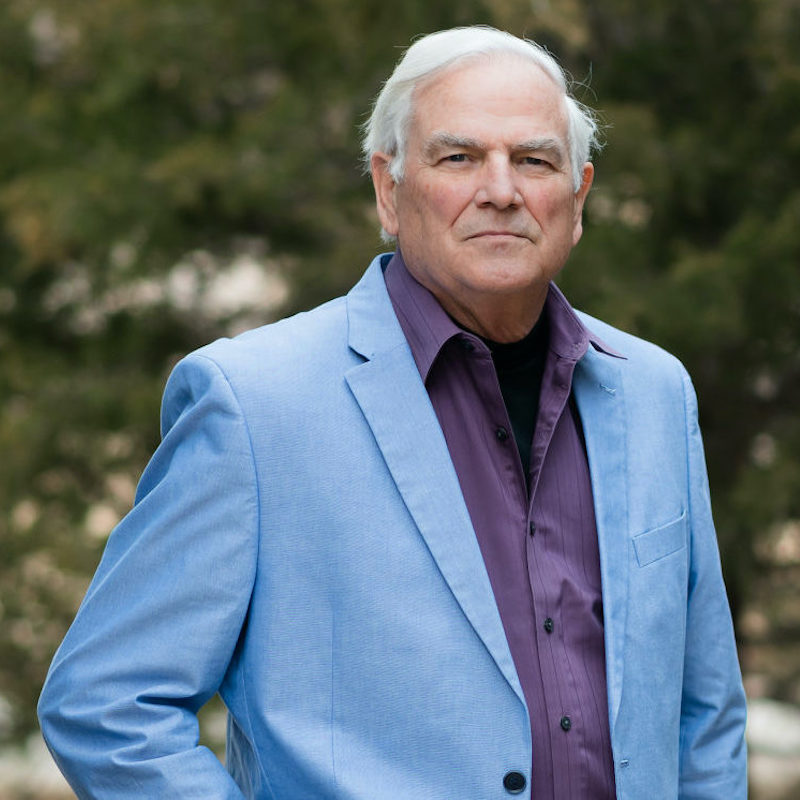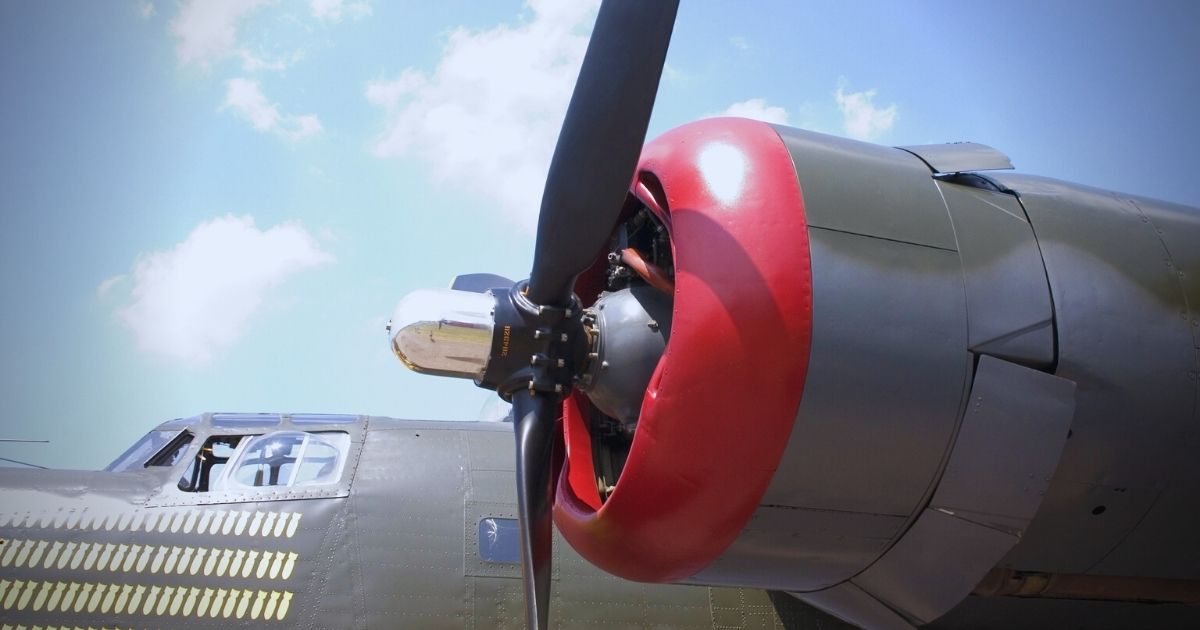Many young men, barely out of high school, found themselves working on family farms or at local establishments. As World War II unfolded, a significant number of these youths enlisted in the Army Air Corps, driven by the call to contribute to the defeat of Germany and Japan. The initial months of their military training, primarily as pilots and crew for B-17 Flying Fortresses and B-24 Liberators, were filled with excitement and camaraderie.

B-24 Liberators flying over Italy during WWII
Once trained, these airmen faced the daunting task of completing 25 missions, fully aware that any flight could be their last. With an 80% casualty rate in the 8th Air Force, the sobering truth was that out of the 10 comrades sharing breakfast, only 2 might return for dinner. The tension and anxiety were palpable from the moment they woke up, heightened by the memory of comrades shot down the day before. To cope, aircrews developed strategies, engaging in activities like singing or exercises during missions.
The day’s mission, starting around 0850, meant a 9-10 hour flight filled not only with the deafening noise of the aircraft but also the formidable sounds of enemy resistance, from Flak to Messerschmitt fighters.
Challenges and Sacrifices: Facing Noise on the Frontlines
While literature on exact noise levels during combat in B-17 and B-24 planes is scarce, it reflects the prevailing attitude of the time — noise wasn’t considered a health hazard, and the focus was on surviving the war.
A prevailing “take it like a man,” “Gut it out” attitude prevailed, with hearing damage deemed inconsequential compared to the imminent threat of the enemy.
Aircrews, exposed to approximately 95 dB of noise for 9-10 hours per mission, faced not only the relentless hum of aircraft but also the deafening impulse noise of Browning M2 .50 caliber machine guns during combat.

Legacy and Reflections: Unsung Heroes in the Noise of War
The legacy of these WWII bomber crews lies in their resilience and sacrifices. Enduring unimaginable noise levels, they fought not only against enemy forces but also against the overlooked threat of hearing damage. Their stories serve as a testament to the unsung heroes who faced the cacophony of war with determination and bravery.
In the upcoming installment, we explore the long-term impact of such intense noise exposure on the health of these veterans and the broader implications for understanding the intersection of combat and auditory health.
**There was huge noise exposure among these air crews and we will investigate that further in Part II.
 Robert M. Traynor, Ed.D., is a hearing industry consultant, trainer, professor, conference speaker, practice manager and author. He has decades of experience teaching courses and training clinicians within the field of audiology with specific emphasis in hearing and tinnitus rehabilitation. He serves as Adjunct Faculty in Audiology at the University of Florida, University of Northern Colorado, University of Colorado and The University of Arkansas for Medical Sciences.
Robert M. Traynor, Ed.D., is a hearing industry consultant, trainer, professor, conference speaker, practice manager and author. He has decades of experience teaching courses and training clinicians within the field of audiology with specific emphasis in hearing and tinnitus rehabilitation. He serves as Adjunct Faculty in Audiology at the University of Florida, University of Northern Colorado, University of Colorado and The University of Arkansas for Medical Sciences.
**this piece has been updated for clarity. It originally published on September 10, 2018






